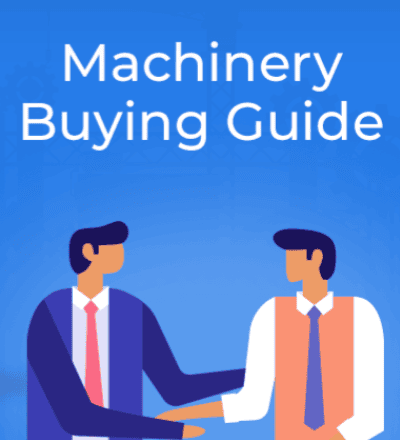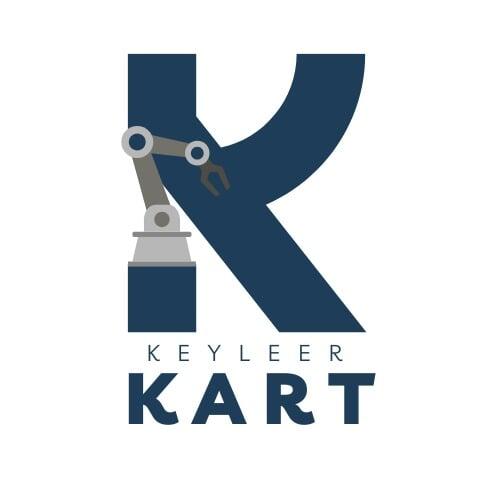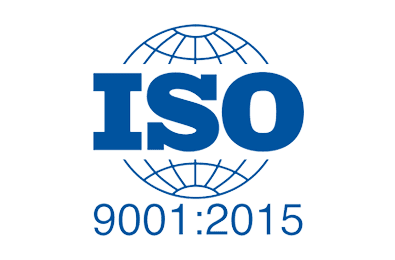A Guide for Informed Decisions

1. Define Your Task Requirements
The first step in choosing the right machinery is to clearly define what you need it for.
- Task Details: What specific job will the machine perform? Do you need equipment for heavy lifting, cutting, excavating, or material handling? Understanding the scale and nature of your task will help narrow down your choices.
- Operational Conditions: Will the equipment be used indoors or outdoors? Are there extreme temperatures or environmental conditions that the machinery needs to endure?
- Frequency of Use: Are you looking for machinery that will run continuously, or will it be used occasionally for specific projects? This will affect the durability and type of machinery you require.
Researching the various types of machinery that can perform your task is essential.
- Research Equipment Options: For example, if you need to handle heavy lifting, explore different options such as forklifts, cranes, or hoists. If your task involves cutting or precision work, CNC machines or laser cutters may be the right fit.
- Evaluate Specifications: Once you have an idea of the equipment type, compare specifications like power, load capacity, speed, and precision to find the best match for your task.
3. Assess the Condition of the Used Equipment
Used machinery can offer great value, but it’s important to assess its condition before making a purchase.
- Inspection Checklist: Make sure the machinery has been thoroughly inspected for wear and tear. Focus on key components such as engines, hydraulic systems, and electronic controls. Look for any signs of damage or excessive use.
- Maintenance History: Ask for maintenance records to verify how well the machine has been taken care of. Regular maintenance often indicates reliability.
4. Choose the Right Brand and Model
Some brands and models are known for their reliability and availability of parts, which can be crucial for long-term use.
- Reputation: Research the reputation of the brand and model. Look for machinery that has proven performance and durability in the industry.
- Parts Availability: Ensure that spare parts are easily accessible for the specific machine. This will save you time and money when repairs or replacements are needed.
5. Evaluate Costs and Value for Money
While used machinery is typically more affordable than new equipment, it’s still important to ensure you’re getting value for your money.
- Budget: Consider both the purchase price and potential repair or refurbishment costs. If a machine needs substantial repairs, it might not be the best choice, even at a lower price point.
- Value: Assess whether the equipment provides good value relative to its condition, expected performance, and lifespan.
6. Check Compatibility with Your Systems
Ensure that the machinery will fit seamlessly into your existing workflows.
- System Integration: Consider how the machinery will integrate with your current operations. Will it need modifications or upgrades to work efficiently?
- Compatibility: Confirm that the equipment is compatible with your current systems, power supplies, or control systems.
7. Test the Machinery Before Buying
Testing the machinery is an essential step before making a purchase.
- Trial Run: If possible, conduct a trial run to ensure the machinery works as expected under real conditions.
- Demo: Request a demonstration from the seller to verify the equipment’s functionality. This can provide peace of mind that the machinery will meet your needs.
8. Consult with Experts
When in doubt, seek advice from industry experts or experienced users.
- Expert Advice: Consulting with experienced professionals can provide insights into the performance and suitability of different types of machinery.
- Professional Assessment: Consider hiring a professional to inspect the machinery and ensure it’s in good condition and appropriate for your task.
Examples of Equipment Recommendations for Specific Tasks
Here are some examples of specific tasks and the types of machinery that may be suitable:
- Heavy Lifting: For high-capacity lifting, consider a crane. For less frequent lifting needs, a used forklift may be more cost-effective.
- Excavation: For deep digging, an excavator with a long arm and large bucket is ideal. For lighter digging, a smaller backhoe can suffice.
- Precision Cutting: A CNC machine is perfect for high precision and complex cuts, while a laser cutter is great for thinner materials or intricate designs.
- Material Handling: For automated material handling over long distances, a used conveyor system is efficient. For manual handling, consider a pallet jack or hand truck.
Conclusion
At KeyLeer, we’re committed to helping you find the right used machinery for your specific needs. By following these steps, you can ensure that your purchase is both practical and cost-effective, allowing you to optimize your operations without breaking the bank.
Whether you're handling heavy loads, cutting with precision, or managing materials, we have the expertise and equipment to help you succeed. Visit our website for more information on the second-hand machines we offer and to explore our inventory.
Make the right choice with confidence – and keep your business moving forward with the right tools in hand.




